“Why do professional competitions allow the use of rangefinders, but my coach insists that I learn to visually measure distances first?” This is a question that many beginners of golf have. In this era where technology is everywhere, rangefinders have indeed brought convenience to our golf sport, but at the same time, they have raised a thought-provoking question: Are we losing the most primitive ability of this sport?

3 Major Impacts Of Relying On Golf Rangefinders
A recent survey of amateur golfers shows that more than 70% of the players admit that their confidence in hitting the ball drops significantly when they cannot use the rangefinder. This data reveals a worrying phenomenon: We might be exchanging the convenience of technology for the degradation of our own capabilities.
The most direct consequence of long-term reliance on rangefinders is the weakening of distance perception ability. Many players found that after several seasons of using the equipment, the error in their visual distance estimation expanded from the original 5-10 yards to 15-20 yards. This could have disastrous consequences in a competition - imagine how you would deal with it when your rangefinder suddenly runs out of power or when you participate in a competition where electronic devices are banned?
Another common problem is the slowdown of the hitting rhythm. We often see some players repeatedly measuring and confirming before each shot. This obsession with pursuing "perfect data" actually undermines the smoothness that golf should have. Data shows that players who overly rely on rangefinders spend an average of 30 seconds more preparing for each hole. This not only affects their own performance but may also cause dissatisfaction among their group members.
What is more alarming is the impact on young players. Studies show that if players under the age of 14 use rangefinders too early, the development of their spatial perception ability will be delayed by approximately 20%. Many parents who have high hopes for their children to succeed are willing to spend a lot of money on high-end distance measurement equipment in order to quickly improve their children's academic performance, but they don't know that this may backfire and hinder their children's long-term technical development.

How To Avoid Over-Reliance On Golf Rangefinders? Five Practical Strategies
Since completely rejecting technology is not a solution and blindly relying on it has many drawbacks, how can we find a balance point? The following are five practical suggestions:
1. Phased usage strategy: It is recommended that beginners rely entirely on visual inspection and step measurement to develop a sense of distance in the first three months. You can ask the coach to set up markers at different distances on the practice field for training. After the foundation is solid, use the rangefinder in official competitions. However, it is recommended to use it only on long holes and obstacle areas. For simple holes, continue to hit the ball instinctively.
2. Set up a no-equipment training day: Choose one day each week to play ball without using a rangefinder at all. You can carry a small notebook with you to record the distance you visually estimated and compare it with the data from the rangefinder after the race. This method can quickly improve your ability to judge distances. Nowadays, some golf apps can also provide similar training functions.
3. Environmental observation training method: Cultivate the ability to judge distances based on the characteristics of the court. For instance, the distance between adjacent bunkers is usually 30 yards, and the fairway markings in front of the green are often set at key distances such as 100 yards or 150 yards. Before using the rangefinder each time, estimate the distance by yourself first and then verify the accuracy.
4. Optimize the usage method: Change the habit of measuring the distance immediately as soon as the ball position is reached. It is recommended to scan and record the key distance points of this hole before the tee shot, such as the front of the obstacle zone and the center of the green. In this way, when actually hitting the ball, one can quickly refer to it and reduce the hesitation time. Many modern rangefinders have the function of storing multiple distance points.
5. Training suggestions for teenagers: For beginners under the age of 12, it is recommended not to use a rangefinder at all. Instead, colored distance balls can be used for training. For children aged 13 to 15, it can be used to a limited extent under the guidance of a coach. The key is to compare one's own judgment with the data from the equipment. Remember, cultivating a good sense of distance is like learning a language; the earlier it is established, the more solid it becomes.

The Future Trend Of "Healthy Use" Of Golf Rangefinders
The development of golf equipment technology is unstoppable. But happily, we see some new design concepts emerging - technology should assist rather than replace the abilities of players. For example, the newly developed intelligent ranging devices have begun to incorporate a "black screen mode", requiring players to judge the distance by themselves first before displaying the data. Some products are also designed with a usage limit function to prevent excessive reliance.
These innovations all point in the same direction: Technology should help us become better golfers instead of turning us into slaves to equipment. Just like using GPS navigation, it should offer assistance when we get lost instead of completely losing our ability to find our way.
The End
A famous golf coach once said, "A rangefinder tells you the numbers, but golf tells you the feelings." This sentence perfectly interprets the position of technology in this sport. A rangefinder is indeed a good tool, but it can never replace the experience and intuition you have accumulated through thousands of shots.
It is suggested that you might as well conduct an experiment: In the following few games, consciously reduce the frequency of using the rangefinder, and record your mental changes and actual results. You might be surprised to find that sometimes with less data, you can play better golf instead.
Finally, let's consider a question: When golfers look back at our era fifty years from now, will they think that rangefinders saved the sport or, to some extent, changed its essence?

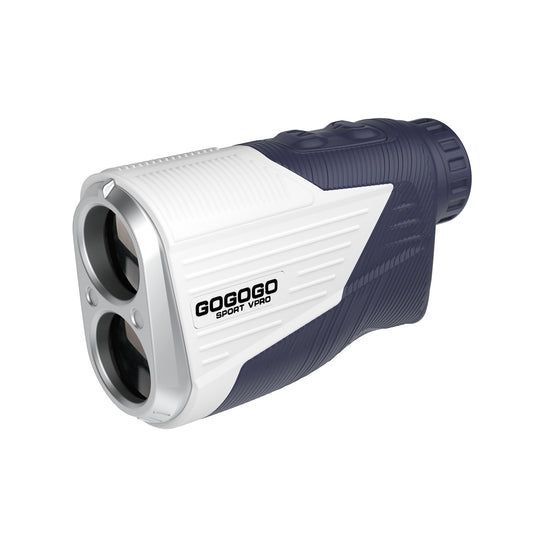
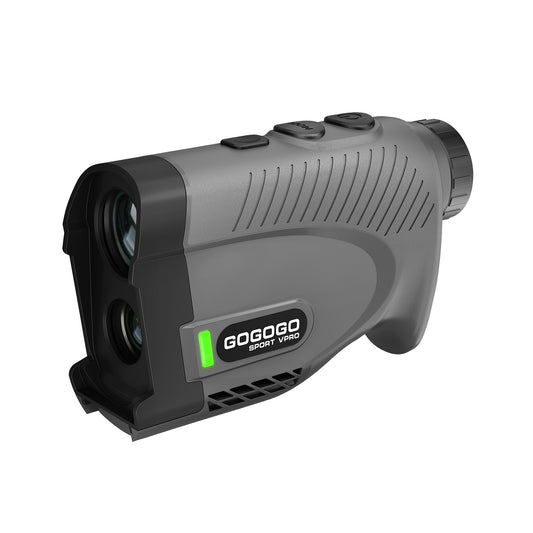
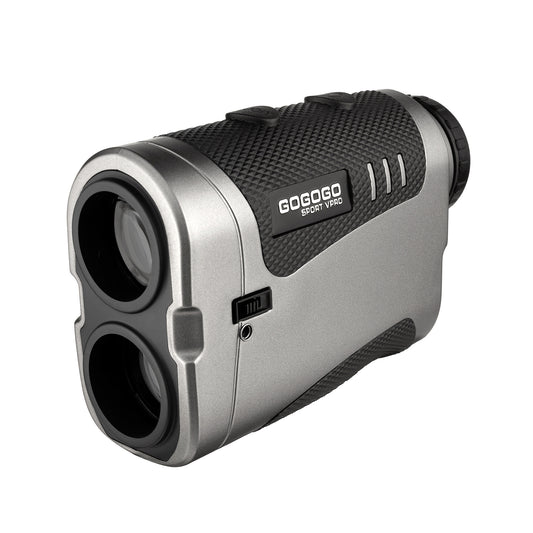
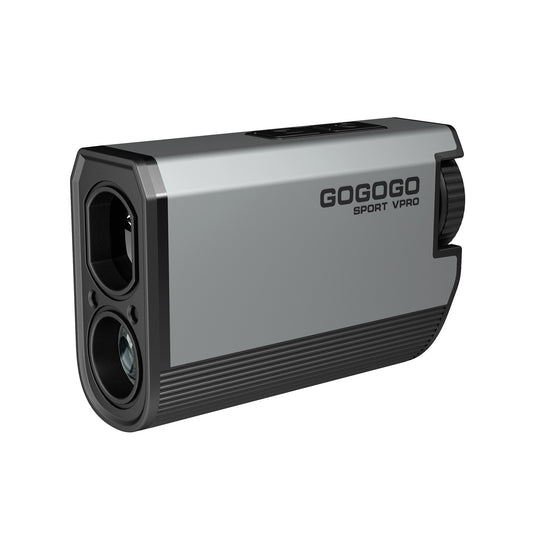
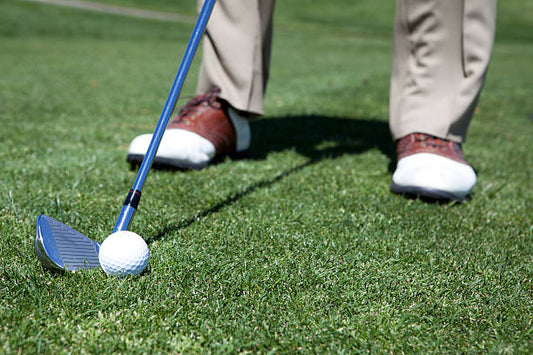
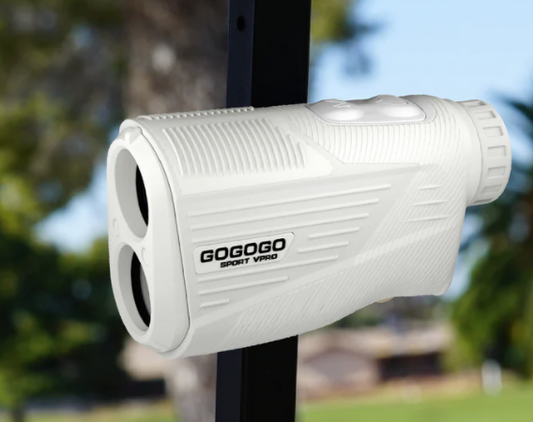
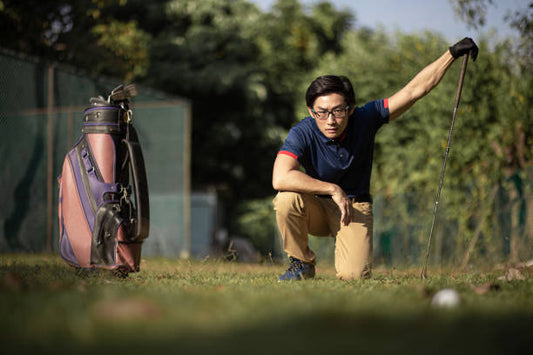
![[2025] The Ultimate Guide to Pinseeker Rangefinders for Golfers](http://gogogosport.com/cdn/shop/articles/gogogo_sport_vpro_pinseeker_rangefinder.png?v=1757993796&width=533)